Switch ON Delay Timer Circuit Diagram
Power ON Delay Timer
If You Want to switch on any Load After a moment or for Some Duration, Then You Can Use this Timer Circuit. This is Tested. Timing Can be Adjusted By Adjustment of Preset.
This circuit is very useful in the Protection of Any Load. A Device Can be Damaged By the Sudden un-stabilized current or Voltage flow through the Whole Circuit. Sometimes the Main Voltage Take Some Moments to Stabilize.
So If You Connect a Delay Timer, the Timer Stops The Current Flow For A Fixed Duration, and After That, It Allows the Current.
2N2222 is more suitable at the place of Q2
Circuit -1
Parts
IC 555 – 1
Preset 1M- 1
capacitor 2.2uf 63v – 1
0.1uf – 2 or 0.22uf -1
Resistor –
560k- 1
1k-1
2.2k -3
3.3k-1
Diode 1N4007 -1
Relay 12v -1
transistor- BC548 or 2N2222A – 2
12v DC supply-1
————————————————————
Circuit 2
This is a great circuit
ON time delay timer circuit
Transformer (12-0-12 V)
- Steps down the AC mains voltage (220 V or 110 V, depending on region) to around 12 V AC.
- The center-tapped secondary provides two 12 V lines and a common 0 V reference.
Bridge Rectifier
- Converts the 12 V AC from the transformer into DC.
- Typically composed of four diodes arranged in a full-wave rectification pattern.
Filter Capacitor (1000 µF / 25 V)
- Smooths out the rectified DC, reducing ripple.
- Ensures the 555 timer and relay have a stable supply voltage.
555 Timer IC
- Configured in monostable mode for creating a time delay.
- Key pins include VCC (pin 8), GND (pin 1), TRIG (pin 2), THR (pin 6), DIS (pin 7), and OUT (pin 3).
Timing Resistor (56 kΩ) and Timing Capacitor (100 µF)
- Determine the delay duration using the formula T≈1.1×R×C
- In this circuit, T≈1.1×56,000×100×10−6 seconds} (approximate).
Transistors (2N2222A or similar NPN)
- Acts as a relay driver.
- The 555 output drives the transistor’s base through a 1 kΩ resistor, allowing sufficient current to energize the relay coil.
Relay (12 V Coil)
- Switches the external load on or off after the delay period.
- A diode (1N4007) is placed across the relay coil to protect the transistor from voltage spikes (back-EMF).
2. Understanding the Monostable (One-Shot) Mode
In a monostable configuration, the 555 timer remains in a stable “off” state until triggered. Once triggered, it switches its output high (or low, depending on the arrangement) for a predetermined period (the delay), then returns to its stable state.
- Trigger Pin (Pin 2): When this pin sees a low pulse (below 1/3 of the supply voltage), the 555 output goes high for the time set by the RC network.
- Threshold Pin (Pin 6) and Discharge Pin (Pin 7): Work together to end the timing cycle once the capacitor charges to 2/3 of the supply voltage.
- Output Pin (Pin 3): Goes high during the timing interval, then returns low after the set delay.
In many power-on delay circuits, the trigger pin is designed so that at startup, the voltage on Pin 2 is briefly low, initiating the timing cycle automatically.
3. Step-by-Step Operation
Power Application
- When the circuit is powered from the transformer, the bridge rectifier and filter capacitor provide a stable DC voltage (around 12–14 V, depending on load).
- The 555 timer and the transistor both receive this DC supply.
Initial Trigger
- At the moment of power-up, the trigger pin (pin 2) on the 555 briefly goes low (due to the charging path of the timing capacitor or a deliberate pull-down).
- This triggers the monostable cycle.
Timing Period
- Once triggered, the 555 output (pin 3) goes HIGH, but note that in some designs, the relay might not energize immediately (depending on how the transistor and relay coil are wired).
- The 100 µF capacitor charges through the 56 kΩ resistor.
- The time delay is approximately 1.1×R×C
Relay Activation
- As the 555 output goes high, it applies voltage to the 1 kΩ resistor feeding the base of the 2N2222A transistor.
- The transistor conducts, energizing the 12 V relay coil.
- A diode (1N4007) across the coil prevents damage to the transistor from inductive kick when the relay is switched off.
- Once the capacitor (100 µF) charges to 2/3 of VCC, the 555 times out.
- The DIS (pin 7) internally connects to ground, discharging the capacitor and pulling the output (pin 3) low again, if the design is set for a single timed pulse.
- In some power-on delay circuits, the relay may remain energized after the delay if the circuit is arranged to latch. But in the classic monostable approach, the output would go low again after the time period unless additional logic holds it high.
4. Adjusting the Delay
- Timing Resistor (56 kΩ): Increasing this resistor lengthens the delay, decreasing it shortens the delay.
- Timing Capacitor (100 µF): Similarly, a larger capacitor results in a longer delay, while a smaller one reduces it.
- You can use a potentiometer in place of the fixed 56 kΩ resistor for a variable time delay.
5. Tips for a Reliable Build
Capacitor Quality
- Use a low-ESR electrolytic capacitor for timing if possible.
- Ensure the voltage rating is comfortably above the supply voltage (e.g., 16 V or 25 V for a 12 V supply).
Power Supply Stability
-
-
The 1000 µF filter capacitor on the DC rail should be large enough to handle the relay coil’s current without causing significant voltage dips.
-
Transistor Sizing
-
-
The 2N2222A is sufficient for most small to medium relays. If the relay coil draws more current than the transistor can handle, consider a TIP122 or another higher-power transistor.
-
Heat Dissipation
-
-
If the relay coil is powered for extended periods, ensure the transistor and 555 do not overheat. Usually, this is not an issue at 12 V with a modest relay coil current.
-
Protection Diode
-
-
The 1N4007 across the relay coil is crucial. Never omit it when driving an inductive load, or the transistor/IC can be damaged.
-
7. Conclusion
This ON Time Delay Timer circuit uses a 555 timer in monostable mode, combined with a 2N2222A transistor to drive a 12 V relay. Upon applying power, the trigger initiates a timing interval set by the 56 kΩ resistor and 100 µF capacitor. After the delay elapses, the relay either energizes or de-energizes (depending on the exact wiring), allowing for a controlled startup sequence of connected devices. With simple modifications to the resistor or capacitor values, you can tailor the delay to your specific needs.
Overall, it’s a robust and easily adjustable design suitable for delayed switching applications in home automation, industrial control, or any scenario requiring a timed relay activation after power-up.
Parts
IC 555 -1
Bridge rectifier -1
capacitor
1000uf 25v -1
100uf 25v -1
Resistor 1k- 1, 56k -1
transistor 2N2222A- 1
Relay 12v -1
Diode 1N4007 -1
12-0-12v step-down transformer (500ma or 1A)-1
Both circuits are tested with the 12v supply
Applications/ uses of switch ON delay timer circuit
- Motor Control: In motor control applications, a switch ON delay timer can be used to delay the activation of a motor after power is applied. This delay allows time for the motor to stabilize and reach its optimal operating conditions before it starts running.
- Power Sequencing: Switch ON delay timers are commonly used in power sequencing circuits. They ensure that certain devices or subsystems power up in a specific order, preventing issues such as voltage spikes or excessive inrush currents that can occur when multiple devices turn on simultaneously.
- Equipment Protection: In some cases, it is necessary to introduce a delay before certain equipment or loads are energized to protect them from potential damage. For example, in audio amplifiers, a switch ON delay timer can be used to delay the activation of speakers, preventing any potential speaker-damaging transients or thumps during power-up.
- Power Supply Stabilization: Switch ON delay timers can be used in power supply circuits to allow sufficient time for the power supply to stabilize before connecting it to the load. This helps prevent voltage fluctuations or surges from affecting the connected equipment.
- Safety Applications: In certain safety-related applications, such as industrial equipment or high-power systems, a switch ON delay timer can be used to ensure that critical systems, alarms, or safety interlocks are activated after a specified delay, allowing time for pre-start checks or system initialization.
Pinout of BC548 and BC547 is same.
Testing Video
Also Read
-
Delay ON Timer circuit using transistor
-
Stabilizer Circuit Diagram
-
Automatic Light Activated Bulb Switch Controller
-
Su-Kam digital inverter circuit diagram

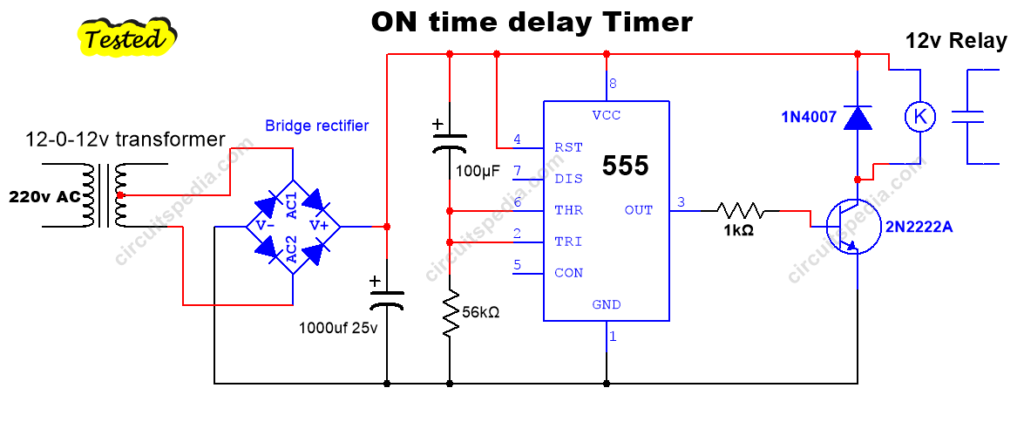
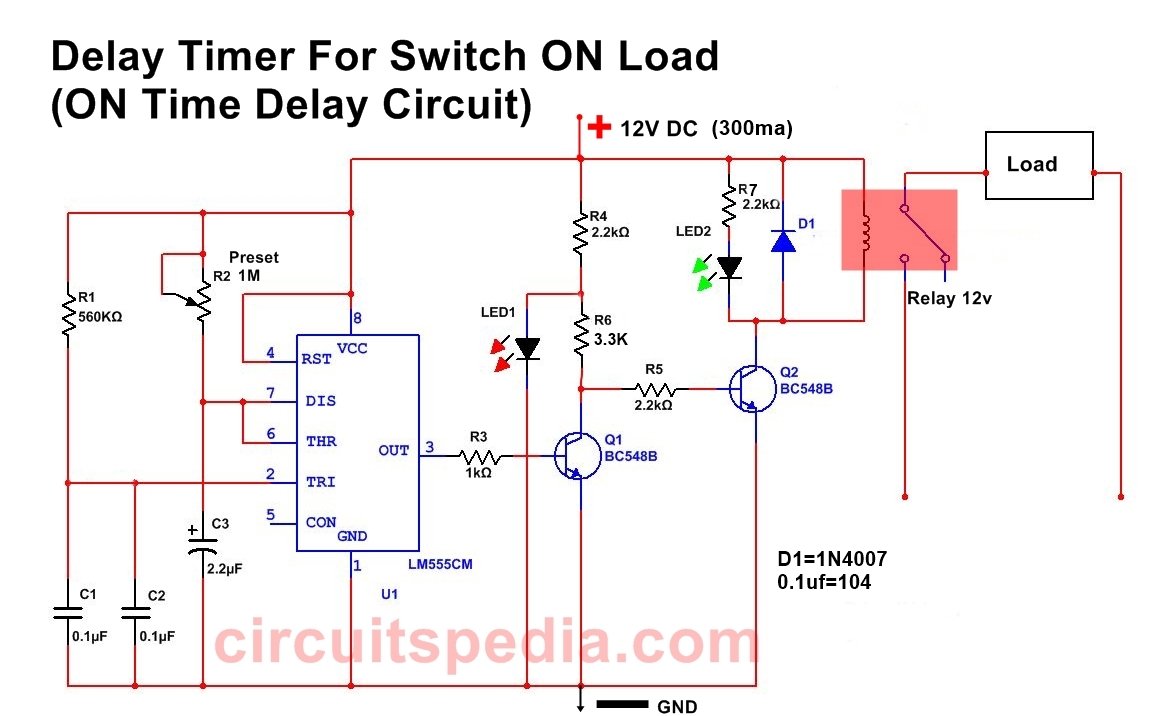
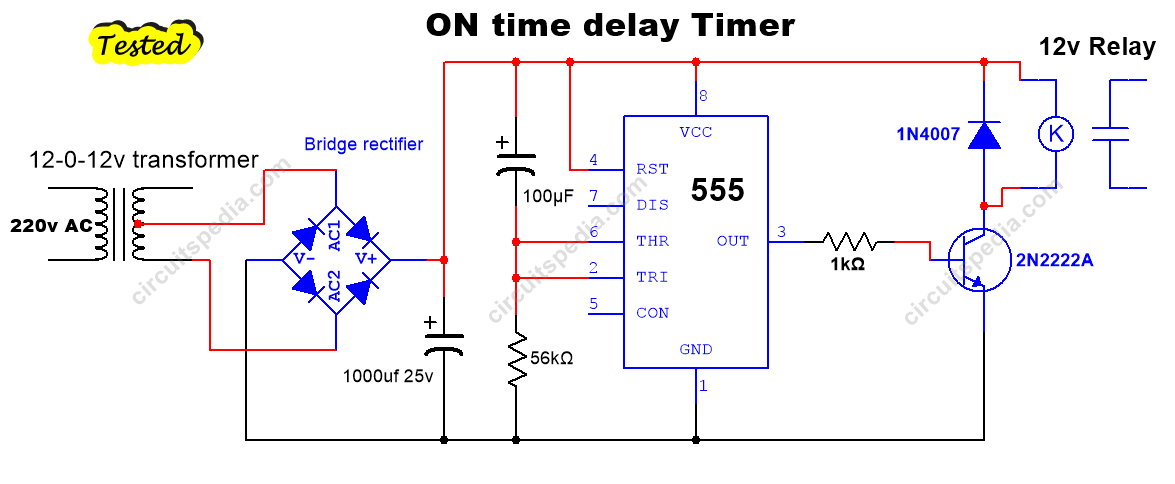
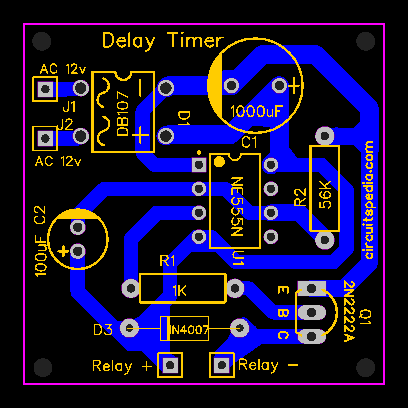
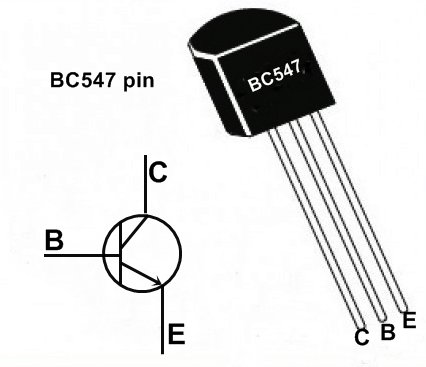
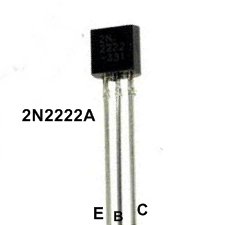
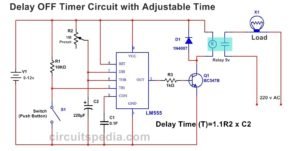
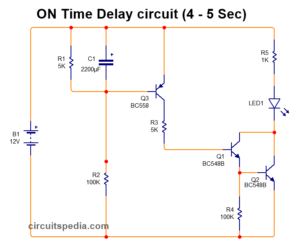
blooming site Jarle Thorsen itel
My family members always say that I am killing my time here at web, except I know I am getting experience all
the time by reading such nice posts.
Hey. I sent a screenshot. Did you get it?
About cooperation
Become a byweb partner and receive payments of up to 30% from each payment of the attracted client to create the site.
If you have attracted a client to create a site for us, then please provide the name of the client to our feedback
How to find us?
It is very easy to find a search query in Google:
“website development USA “Byweb””
Below the contextual advertising will be our site best-website-deve….
Respectfully,
Web agency ByWeb – best-website-development.com
Creation and promotion of sites in USA
Use electrical appliances as before
AND PAY IN 2 TIMES LESS!
http://bit.ly/2EbTVvc «Electricity saving box» — substantial savings!
Reduces the current consumption of electrical appliances, due to this, the meter is “spinning” less and, as a result, monthly electricity bills are reduced!
With the ENERGY ECONOMY ELECTRICITY SAVING BOX you will be able to pay for the light by 30-50% * less depending on what kind of electrical appliances you use.
Guys just made a website for me, look at the link: Tell me your testimonials. THX!
Good day and welcome to my website . I’m Amaya.
I have always dreamed of being a novelist but never dreamed I’d make a career of it. In college, though, I aided a fellow student who needed help. She could not stop telling me how well I had done. Word got around and someone asked me for writing help just a week later. This time they would compensate me for my work.
During the summer, I started doing academic writing for students at the local college. It helped me have fun that summer and even funded some of my college tuition. Today, I still offer my writing skills to students.
Academic Writer – Amaya Landry – translating-cultures-networking-development.com Team
My name is Karla Fuentes. And I am a professional Content writer with many years of experience in writing.
My interest is to solve problems related to writing. And I have been doing it for many years. I have been with several organizations as a volunteer and have assisted clients in many ways.
My love for writing has no end. It is like the air we breathe, something I cherish with all my being. I am a passionate writer who started at an early age.
I’m happy that I`ve already sold several copies of my poems in different countries like USA, Russia and others too numerous to mention.
I also work in an organization that provides assistance to many people from different parts of the world. Students always come to me because I work no matter how difficult their projects are. I help them to save energy, because I feel happy when people come to me for writing help.
Academic Writer – Karla – capitalcollege.us Corp
There is so much in this article that I would never have thought of on my own. Your content gives readers things to think about in an interesting way.
я гадюка. я жив в україні в маріополі зараз живу в польщі. де знайти роботу??? гадюка
I really enjoy the post.Really thank you! Really Great.
wow, awesome blog article.Much thanks again. Will read on…